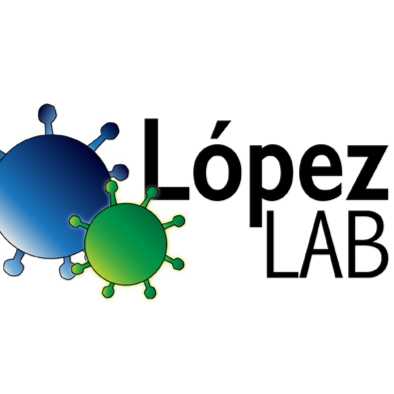Nov 17, 2024
Expanding IAV in Embryonated Chicken Eggs
- 1Washington University

Protocol Citation: Carolina Lopez 2024. Expanding IAV in Embryonated Chicken Eggs. protocols.io https://dx.doi.org/10.17504/protocols.io.5jyl8dm79g2w/v1
License: This is an open access protocol distributed under the terms of the Creative Commons Attribution License, which permits unrestricted use, distribution, and reproduction in any medium, provided the original author and source are credited
Protocol status: Working
We use this protocol and it's working
Created: November 17, 2024
Last Modified: November 17, 2024
Protocol Integer ID: 112228
Abstract
Protocol to expand IAV in Embryonated Chicken Eggs
Materials
Embryonated SPF eggs
Incubator with temperature and humidity control
Bunsen burner
Candling light
Isopropyl alcohol pads
Moil point chisel
Syringes and needles
PBS
Wax (a melted candle is good enough)
Cotton swabs
Tongue depressors
10 ml pipettes 15 ml tubes
Blood agar plates
Cryovials with internal thread
Dry ice/ ethanol bath
Egg handling and virus innoculation
Egg handling and virus innoculation
Put the embryonated eggs (SPF) in a 37C room or incubator immediately upon arrival, be sure to unpack them.
Eggs should be incubated at 37C in an atmosphere of 40-70% humidity to ensure proper development of the air sac prior to virus inoculation.
Work at room temperature one tray of eggs at a time. Return to 37C as soon as finished. The embryos need to be kept warm to survive.
Heat wax (a melted candle would do).
Once the embryo is 9-11 days old, the eggs are ready to use.
Use a lamp to candle the eggs and mark with a pencil the limit of the air sac.
Wipe clean the eggs with an isopropyl alcohol pad. Do not “bathe” them in ethanol, as the embryo may die due to alcohol toxicity. Work in an aseptic manner.
Use a moil point chisel to carefully break the egg shell just enough for a needle to penetrate. Break the shell approximately 1mm over the limit of the air sac and the allantoic fluid (in the air compartment).
Inoculate the eggs through the hole with 1x104 TCID50 (or pfu) of the virus diluted in 100ul of PBS or plain media (DMEM). Make sure that the needle is pointing straight down as you want to pass through the membrane and deposit the virus in the allantoic fluid. Use a 25G 5/8” needle. You don't want to puncture the embryo.
To minimize presence of defective viruses and maintain mouse adaptation, it is recommended that lung expanded virus is used for the inoculum in every other expansion
Seal the hole with the wax using a cotton swab. Put the eggs back at 37C.
Incubation
Incubation
Incubate exactly 40h at 37C. Longer times will produce variable virus stocks due to the generation of defective viruses.
Transfer the eggs to 4C for 4h to kill the embryo.
Very important! If embryos are not killed, infected chickens will hatch.
Virus Harvesting
Virus Harvesting
Work in aseptic conditions (turn on a Bunsen burner near the area where you will collect the virus). Crack the shell open at the air sac using an egg cracker or a spoon. Remove the loosen shell.
Using a sterile needle (of 1 ½”) carefully remove the membrane to expose the allantoic fluid.
Using a sterile tongue depressor carefully move the embryo to the side while aspirating the allantoic fluid with a sterile 10ml pipette. Place the allantoic fluid in a sterile 50ml conical tube on ice. Good allantoic fluid is clear and it may have some blood, but NEVER yolk (yellow). **Egg yolk and blood can cause false negative results by hemagglutination assay (HA). Cloudy allantoic fluid indicates contamination of the egg and should be eliminated. If the yolk sac is disrupted the allantoic fluid should be discarded. CHANGE tongue depressor and pipette after every egg.
Spin down the allantoic fluid at 4C to remove debris. A sample of the allantoic fluid should be inoculated in a red blood agar plate to test for bacterial contamination. Keep the virus at 4C until next day waiting for blood agar result.
Virus Storage
Virus Storage
Pull the non-contaminated allantoic fluid, mix and aliquot in 200-500ul aliquots. You should obtain about 8-11ml of allantoic fluid/egg. We general prepare stocks of 10 eggs at a time. Use the right cryovials!
Make sure to seal tightly the tubes to avoid ethanol spillage into the tube which will change viral titer in each tube.
Aliquots SHOULD be snapped frozen in a dry ice/ethanol bath and kept at -80C. Use proper cryovial tubes ! (internal thread).
